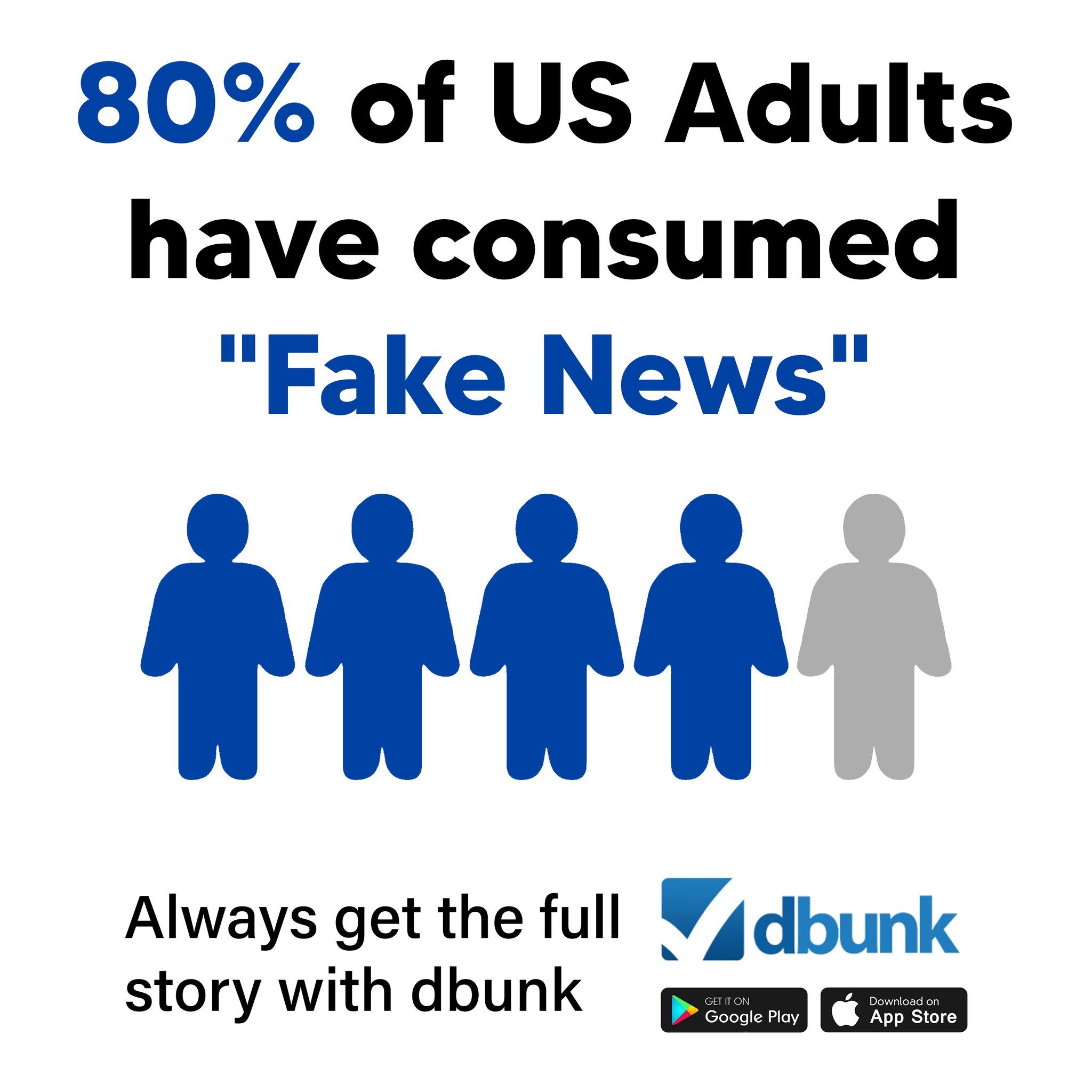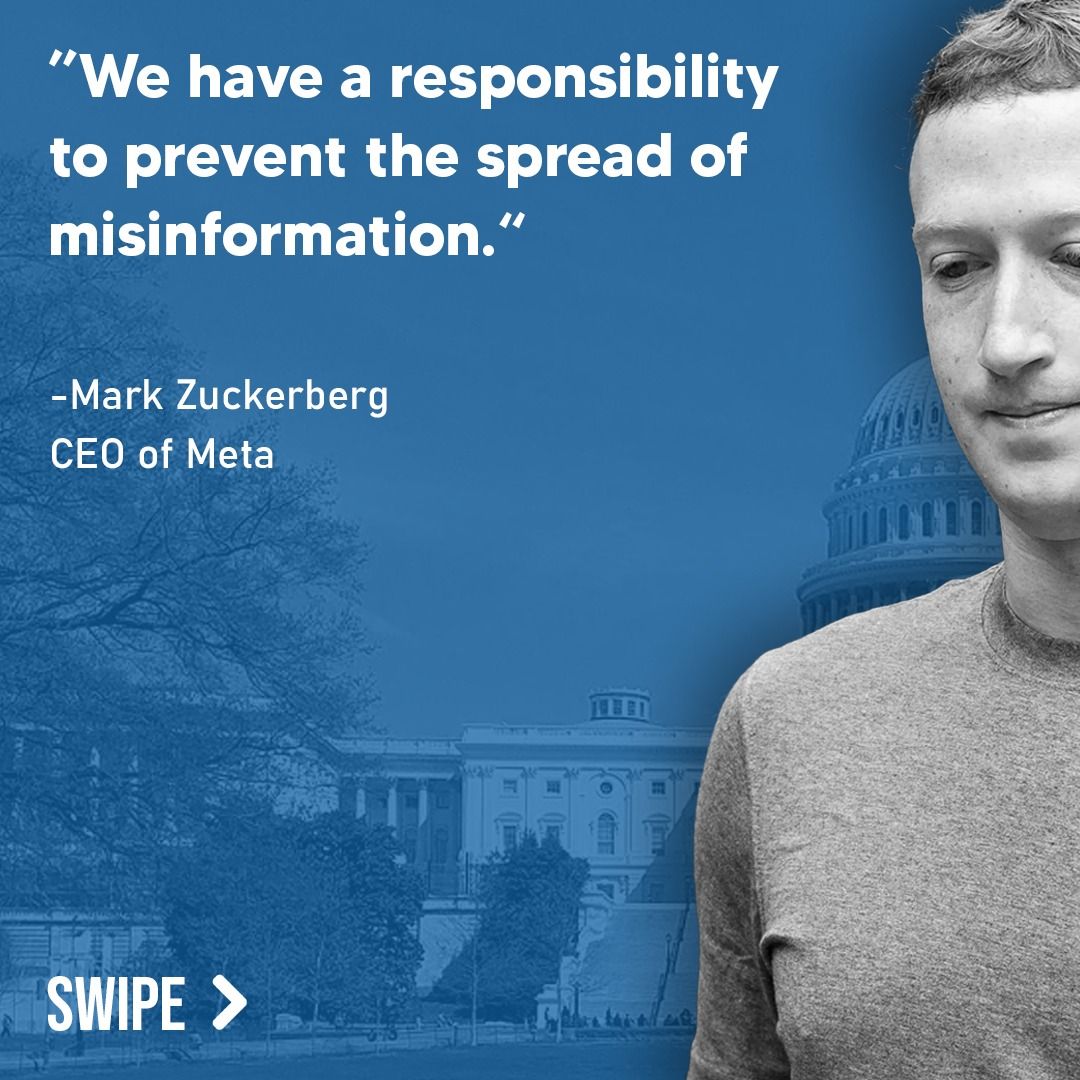
Introduction
The Guardian’s recent article has drawn significant attention by reporting that Steve Witkoff, acting as former President Donald Trump’s envoy, made a dramatic shift in the U.S. approach toward Iran’s nuclear program. The report states that Witkoff demanded Iran eliminate its nuclear program in full — a stark contrast to a position he reportedly supported just hours earlier, allowing for limited civilian enrichment. This apparent policy reversal raises concern over potential miscommunication, media framing, and the urgency of the nuclear threat. One user specifically asked: When will Iran reach nuclear weapon capability? We break down those facts below.

Historical Context
The Iranian nuclear issue has been central to Middle Eastern geopolitics for decades. In 2015, the Joint Comprehensive Plan of Action (JCPOA) was established by Iran, the U.S., and other world powers to limit Iran’s nuclear activity in exchange for sanctions relief. However, in 2018, the Trump administration unilaterally withdrew from the deal, citing concerns about Iran’s missile program and enforcement mechanisms. Since then, Iran has steadily increased its uranium enrichment beyond limits set under the JCPOA, drawing ongoing scrutiny from the International Atomic Energy Agency (IAEA) and international observers.
Fact-Check: Key Claims in the Article
Claim #1: Iran is enriching uranium at higher levels such as 60%, which is incompatible with civilian use.
This claim is accurate. According to International Atomic Energy Agency reports, Iran has enriched uranium up to 60% purity — a level far beyond the 3.67% allowed under the 2015 JCPOA. While 90% purity is generally required for nuclear weapons, 60% is widely seen as a technically significant threshold that brings Iran much closer. Civil nuclear power reactors require uranium enriched only up to 5%.
Source: IAEA Report, 2023
Claim #2: A rare consensus has formed in Tehran in favor of talks with the U.S. due to potential sanctions relief.
This claim is largely true, though missing context. In Iran, factions often differ sharply on foreign policy. News outlets like Mehr News and Fars have reported reduced public criticism of diplomatic efforts, and even hardliners have cautiously supported agreements that lift sanctions. However, the article downplays internal skepticism and political fragmentation still present in Iran’s parliament and among powerful groups like the Revolutionary Guard.
Source: Al-Monitor, March 2024

Claim #3: Witkoff reversed U.S. policy within 12 hours — first allowing limited enrichment, then demanding full elimination.
Confirmed by direct statements, this claim is substantiated. According to the article, Witkoff appeared on Fox News stating Iran could enrich uranium up to 3.67% for civilian use, but then changed tone on social media, insisting Iran must entirely eliminate enrichment. The inconsistency is not speculative — both public records and real-time publications back the timeline, although the motivation behind the shift is unclear. It is plausible that political calculation or leadership response to internal criticism led to this rhetorical reversal.
Source: Fox News Broadcast Archive, Witkoff Social Media Post
Claim #4: Iran could weaponize its nuclear program within a short timeframe if it continues enrichment levels.
This question is urgent and directly tied to the user’s concern. According to expert assessments from the Institute for Science and International Security, if Iran chooses to “break out” and dash toward a nuclear weapon, it would need approximately 12 days to produce enough weapons-grade uranium for a single bomb, though weaponization (miniaturization and delivery system integration) could take several months. This assumes no external intervention or sabotage.
Source: Institute for Science and International Security

Conclusion
The Guardian article provides largely accurate reporting but presents some claims without essential context. The contradiction in Witkoff’s stance on Iran’s uranium enrichment is real and backed by public evidence, although the article assumes confusion without exploring possible strategic distinctions between interim and final deal positions. Iran’s capabilities in terms of uranium enrichment are accurately described, but the timeframe to weaponization needs more clarity than the article initially offers. Overall, while not misleading, the article could do more to explain the diplomatic and technical nuances involved in the nuclear negotiations. The article leans on rhetorical framing rather than robust analysis of U.S. foreign policy shifts, contributing to some interpretative bias.

Take Control of Misinformation
Want to know what’s real and what’s spin? Download the DBUNK app today or follow us on social media to fight back against fake news and stay informed with unbiased, fact-checked reporting. You can submit your own news articles for verification — free of charge.
Read the Original Article
Click here to view The Guardian’s original article

